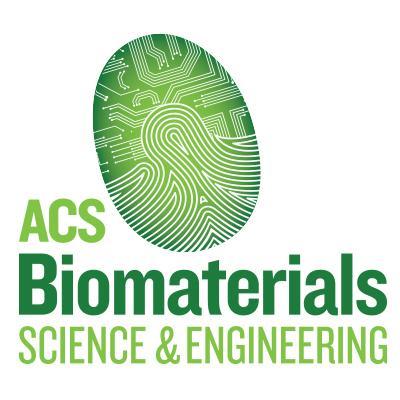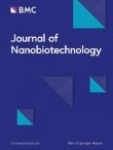A novel approach using a zwitterionic sulfobetaine-based surfactant for the synthesis of spherical copper oxide nanoparticles (Cu2O NPs) has been applied. For the first time, N-hexadecyl-N,N-dimethyl-3-ammonio-1-propanesulfonate has been used as stabilizer to control the size and morphology of Cu2O NPs. Several techniques, such as transmission electron microscopy (TEM), X-ray diffraction (XRD), and fluorescence spectroscopy, are used to investigate the size, structure, and optical properties of synthesized Cu2O nanocrystals. The results indicate that copper(I) oxide nanoparticles with size in the range of 2 to 45 nm and crystalline structure, exhibit intense yellow fluorescence (λem = 575 nm). Furthermore, the cytotoxicity studies show that sulfobetaine-stabilized copper oxide nanoparticles prompt inhibition of cancer cell proliferation in a concentration-dependent manner, however, the adverse effect on the normal cells has also been observed. The results indicate that the sulfobetaine-stabilized Cu2O, because of their unique properties, have a potential to be applied in medical fields, such as cancer therapy and bioimaging.



